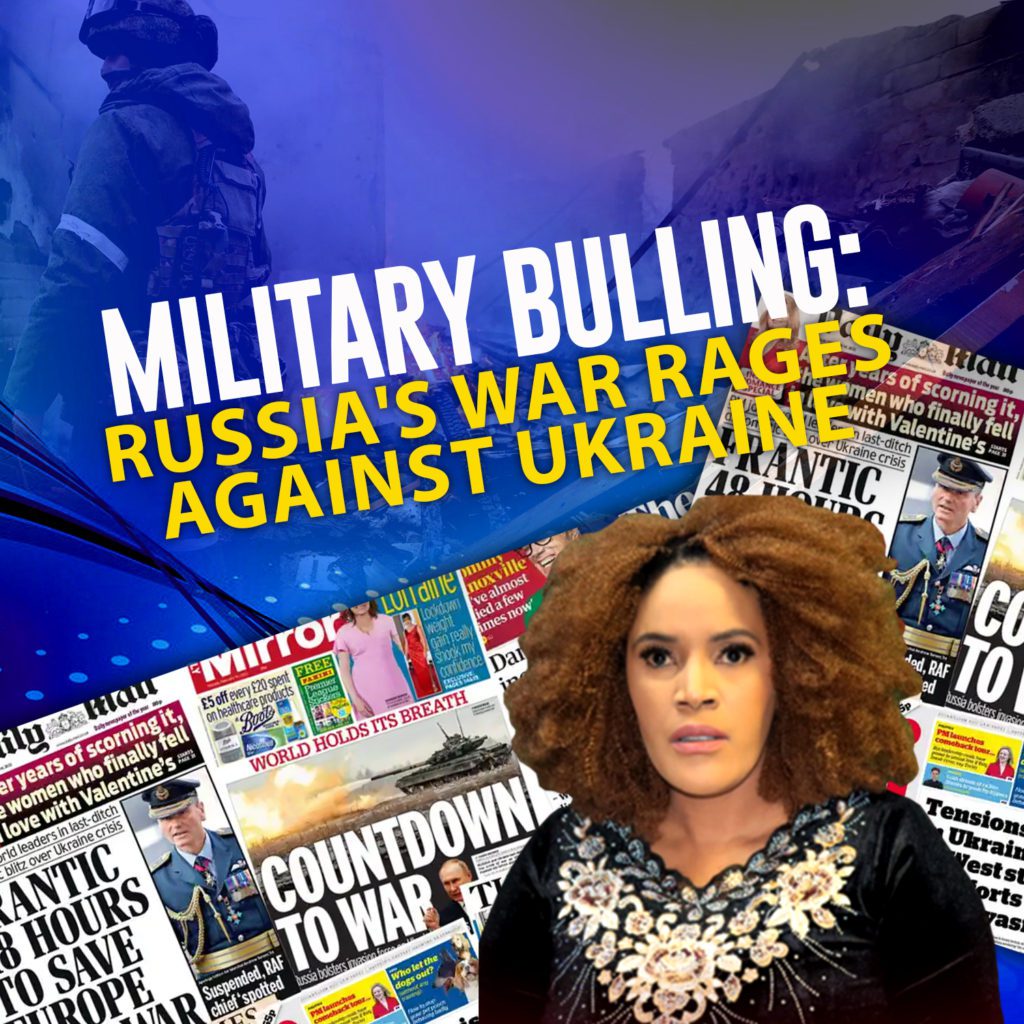Russia finally goes to war against its next-door neighbor, Ukraine.
The Russian tanks, rocket launchers and warplanes are no longer threatening at the Ukraine border. They are now firing inside the Ukraine and counting kilometers, advancing inland.
Targets are being brought down in different Ukrainian cities. The war is taking its toll on lives and property. Displaced Ukrainians are taking refuge in underground shelters. They are seeking safety in nearby countries like Poland and Romania am9ng others.
But did you know that Ukraine, which is now in a position of disadvantage once exercised power over Russia? But that was a long time ago.
And how did it come to this today? Why is President Vladimir Putin riding roughshod over a sovereign Ukraine?
Sorting this puzzle lies in the history of these Slavic states. It dates back to the ninth century state called Kievan Rus with the city of Kyiv as its capital. It was ruled by Grand Prince Volodimer, a name common to both Putin of Russia and Zelenskyy of Ukraine. The difference is a matter of spelling – Vladimir Putin and Volodymyr Zelensky.
Remember that the two States were part of the 15 Soviet Republics in the 1900s. Russia was the most powerful and Ukraine next to it.
In the cold war years, Ukraine was the United States’ greatest headache. It has the Defense Industries, heavy nuclear arsenal and expansive agricultural fields.
When the Soviet Union broke in 1991, Ukraine became an independent state. It took over most warheads, strategic bombers and ballistic missiles.
In 1994, it gave up these powerful potential negotiating tools to Russia. In turn, Moscow promised to uphold Ukraine’s sovereignty and defend it. Now, it is a relationship turned sour.
In spite of the Budapest Accord that seeks to deal with cyber-related crimes, other issues like joining the EU and NATO have had hiccups.
Former Ukrainian president, Viktor Yanukovich rather than signing a trade deal for greater integration with the EU, took a 15 billion dollar bailout from Russia.
Most ukrainians turned against the President for what they considered a sell-out. This led to his being sacked from office and he fled to Russia in 2014.
Russia was not pleased with this development; it lost the president that did its bidding.
Following this, Moscow swung into Crimea, a peninsula ceded to Ukraine in 1954 by Nikita Khrushchev. It was a relationship enhancing deal between Russia and Ukraine or so it seemed.
Crimea was militarily taken by force and a Kangaroo referendum was held by the people in March 2014. Verdict? Crimeans agreed to join Russia.
Focus now shifted to Donbas, where Russia backed separatists seized the territory. Ukraine’s measured military response was thrown aside when the separatists brought down a Malaysian commercial airline with the passengers.
There was a full-scale offensive against the separatists, but the Russians swayed in favor of the separatists.
What followed were talks leading to the Minsk Accord in 2014 with Ukraine, Russia and the West as signatories. There was agreement to a ceasefire, military withdrawal and election in rebel-held areas. But till date, close to a decade after, the Minsk Accord implementation remains a mirage.
Now, Ukraine looks polarized – the Donbas to the east, leaning to Russia. The larger part to the west tilting to the European Union though they remain Ukrainians.
Strategic study analysts say President Putin sees the expansionist tendency of the West working through EU and NATO as a threat. He wants to curtail this and perhaps, plan to rebuild the Soviet influence.
In the eyes of Russians, annexing Crimea gives a boost to the superpower posture of Russia. Not only that, the approval rating of his presidency got a lift in local politics.
However, interfering with the sovereignty of Ukraine on the basis of past cultural and ethnic linkages sets back the hand of the clock.
Is Putin strengthening the foundation of a fresh Cold War by use of military might? If he gets away with Ukraine, other former Soviet States could come into his expansionist binoculars.
He could attempt to take other sovereign states at will.
Where will the red line be drawn for Vladimir Putin and his Russia, and who will do it?
The unfolding events in the coming days in the ongoing invasion of Ukraine will be defining.

